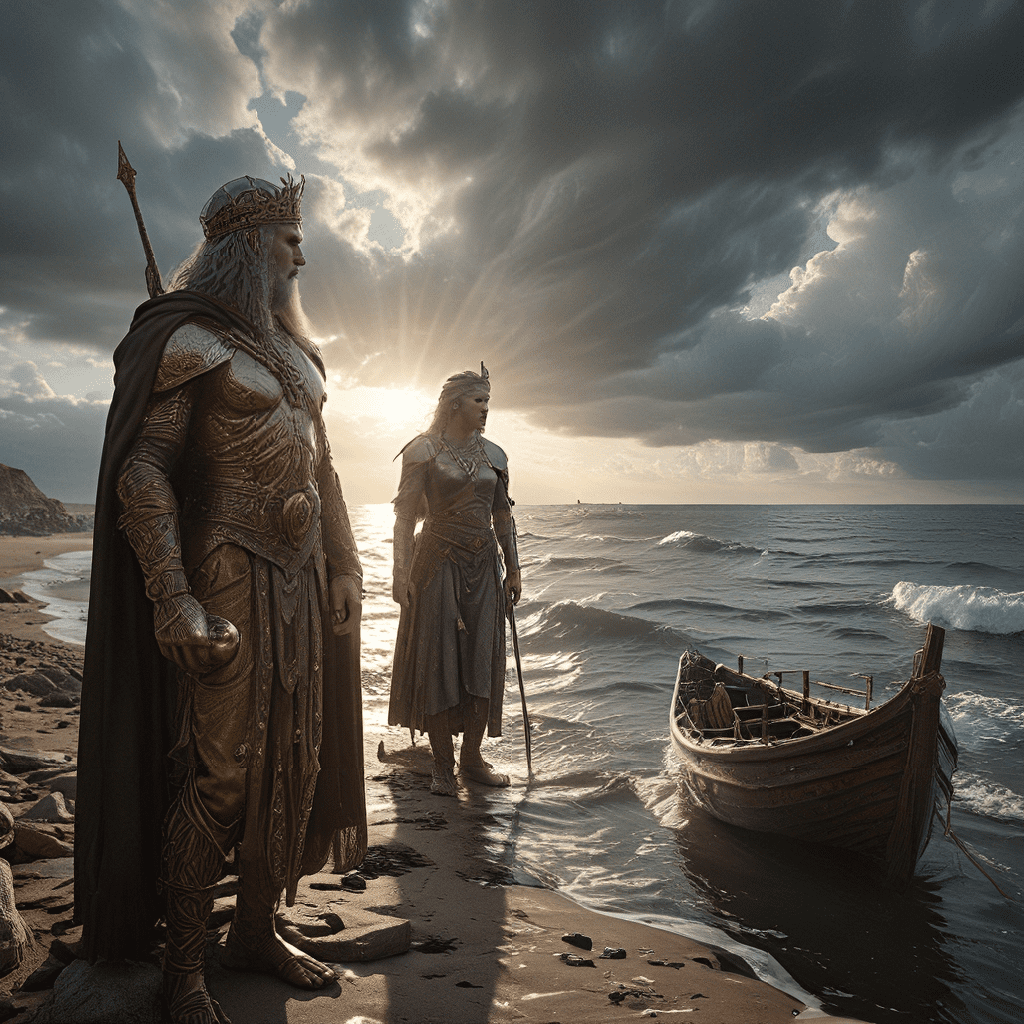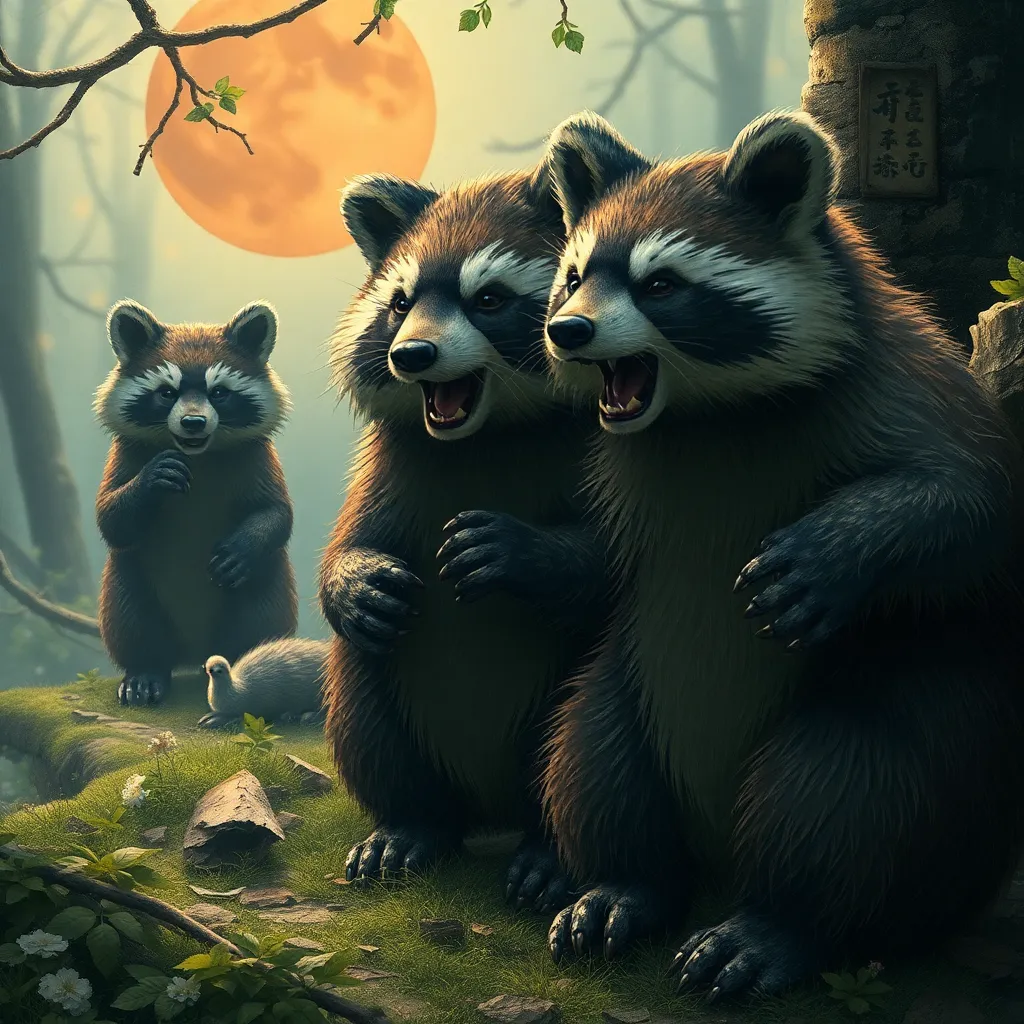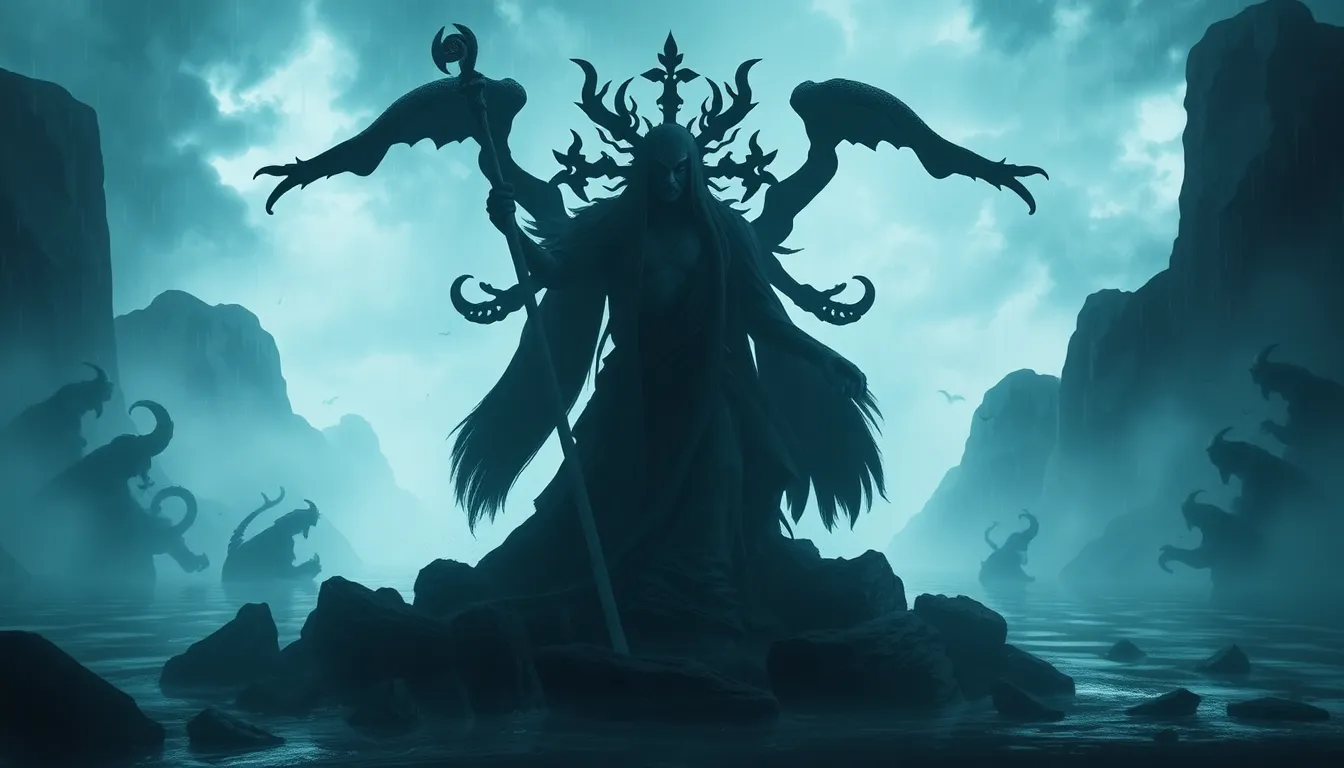Underworld Myths: The Secrets of Life After Death
I. Introduction
Underworld myths are narratives that describe the realms of the dead and the journey of souls after death. They often serve as cultural frameworks for understanding mortality and the afterlife. These myths not only reflect a society’s beliefs about death but also reveal their values, morals, and existential questions.
The exploration of life after death is significant across various cultures, as it addresses fundamental human concerns about what happens after we cease to exist. By examining these myths, we can gain insights into diverse perspectives on life, death, and the afterlife.
This article will delve into the historical context, key myths from different cultures, their symbolism, modern interpretations, psychological perspectives, and theological implications, ultimately shedding light on the enduring fascination with the underworld.
II. Historical Context of Underworld Myths
Beliefs about the afterlife have evolved significantly throughout history, shaped by cultural, religious, and social influences. Ancient civilizations developed complex narratives about the afterlife, each with its unique interpretation of the underworld.
A. Evolution of beliefs about the afterlife in ancient civilizations
1. Mesopotamia
In ancient Mesopotamia, the afterlife was viewed as a dreary existence in a shadowy underworld known as Kur. The dead were believed to be judged by the gods, and their fate depended largely on their actions during life.
2. Ancient Egypt
Contrastingly, the Egyptians had a more elaborate view of the afterlife, envisioning a journey through the Duat, where souls would be judged by Osiris. Successful souls would attain eternal life in the Field of Reeds, while the unworthy faced punishment.
3. Greek and Roman perspectives
In Greek mythology, the underworld, ruled by Hades, was a realm where souls were judged and sent to different areas based on their earthly lives. The Romans adopted much of Greek thought, emphasizing the importance of burial rites to ensure safe passage to the afterlife.
Over time, narratives surrounding the underworld have shifted, influenced by philosophical, religious, and cultural changes. The rise of Christianity, for instance, transformed perceptions of the afterlife in Europe.
III. Key Underworld Myths from Different Cultures
A. The Egyptian Duat: Journey of the Soul
The Duat is a complex realm that represents the Egyptian afterlife. It is a place where the soul undergoes trials and tribulations before meeting Osiris for judgment. The heart of the deceased is weighed against the feather of Ma’at, symbolizing truth and justice.
B. Greek Hades: The Realm of the Dead
Hades, the Greek underworld, is characterized by the River Styx, which souls must cross to enter the realm. Charon, the ferryman, plays a crucial role in this journey, demanding payment in the form of an obol.
- Charon: The ferryman who transports souls across the Styx.
- Tartarus: A deep abyss for the punishment of the wicked.
- Elysium: A peaceful area for the virtuous and heroic souls.
C. Norse Hel: The Land of the Dead
Norse mythology presents Hel as a realm for those who did not die in battle. Governed by the goddess Hel, it is a place where the dead live in a state of somber existence, reflecting the Norse valorization of a warrior’s death.
D. Hindu Naraka and Moksha: Cycles of Rebirth
In Hinduism, the concepts of Naraka and Moksha represent the duality of the afterlife. Naraka is a temporary hell where souls experience consequences for their earthly actions, while Moksha signifies liberation from the cycle of rebirth through karma.
IV. Symbolism and Archetypes in Underworld Myths
A. Common symbols associated with the afterlife
Underworld myths are rich in symbolism, often featuring:
- Gates: Entrances to the realm of the dead symbolize the transition from life to death.
- Rivers: Bodies of water, like the Styx, signify boundaries between the living and the dead.
- Guides: Figures such as Charon or Anubis serve as guardians and guides in the journey after death.
B. Archetypal figures in underworld myths
Common archetypes include:
- Psychopomps: Deities or spirits who escort souls to the afterlife.
- Deities of death: Divine figures representing death and the afterlife, such as Osiris and Hades.
V. Modern Interpretations and Relevance
A. Influence of ancient underworld myths on contemporary beliefs
Many modern beliefs about the afterlife are influenced by ancient underworld myths. Concepts of judgment, reward, and punishment resonate with contemporary religious practices and moral frameworks.
B. Underworld themes in literature and popular culture
Underworld themes continue to fascinate contemporary audiences, appearing in various forms of literature and art. Notable examples include:
- Dante’s Inferno: A vivid portrayal of the afterlife influenced by medieval Christian views.
- Harry Potter series: Features elements of the underworld, such as the Veil of Death.
- Films like “The Matrix”: Explore philosophical questions about life, death, and reality.
VI. Psychological Perspectives on Underworld Myths
A. The role of underworld myths in coping with mortality
Underworld myths provide frameworks for understanding and coping with mortality. They offer narratives that help individuals process grief, loss, and the concept of death.
B. The impact of cultural narratives on individual beliefs about death
Cultural narratives shape how individuals perceive death, influencing personal beliefs and attitudes toward mortality. These myths can provide comfort and context in times of loss.
VII. Comparative Analysis of Underworld Myths
A. Similarities and differences across cultures
While underworld myths vary widely, they often share common themes, such as the idea of judgment and the journey of the soul. However, they differ in their portrayal of the afterlife experience and the deities involved.
B. The universal quest for meaning in the face of death
Across cultures, the quest for meaning in the face of death remains a fundamental human concern. Underworld myths serve as a reflection of this quest, providing insights into how different societies grapple with the inevitability of death.
VIII. Theological Implications of Underworld Myths
A. Connections to religious beliefs and doctrines
Underworld myths often intersect with religious beliefs, influencing doctrines about sin, redemption, and the afterlife. They shape followers’ understanding of morality and ethics.
B. How underworld myths shape moral and ethical views on life and death
These myths often serve as moral compasses, guiding individuals on how to live their lives in accordance with the values and beliefs of their culture.
IX. The Future of Underworld Myths
A. Evolving beliefs in a modern, secular world
As societies become more secular, beliefs about the afterlife may evolve. However, the fascination with underworld myths persists, reflecting a deep-seated human curiosity about what lies beyond death.
B. Continuation of the exploration of life after death
The exploration of life after death remains a relevant topic in philosophy, psychology, and spirituality. As we navigate the complexities of modern life, understanding these myths can provide valuable insights into our shared human experience.



